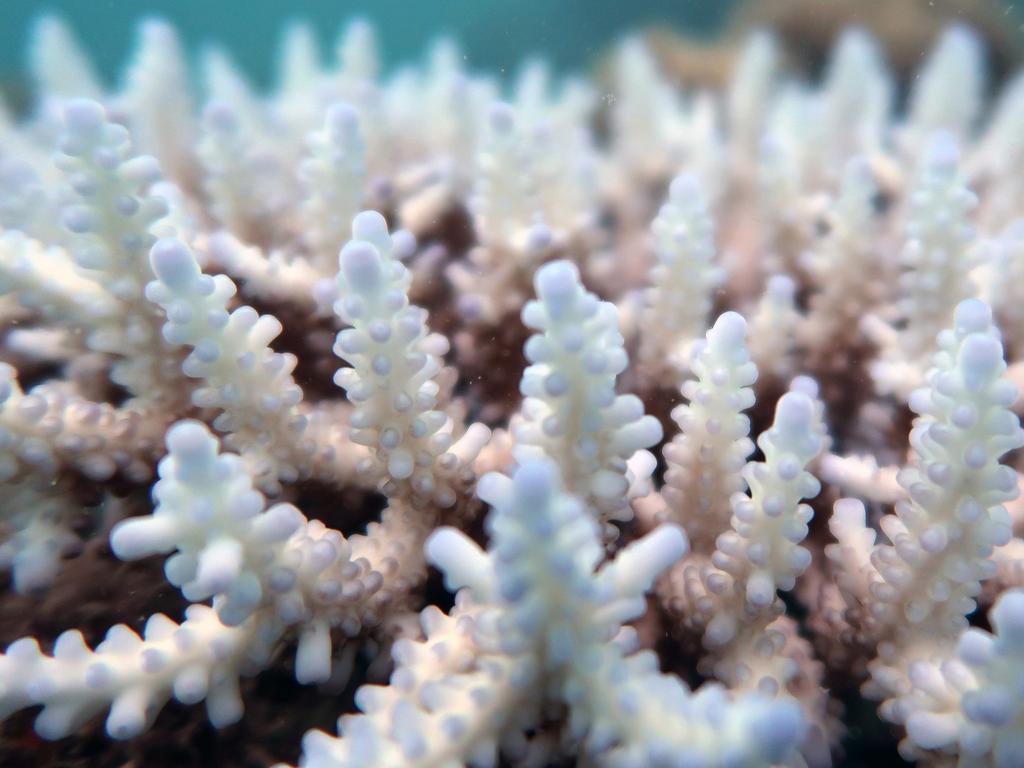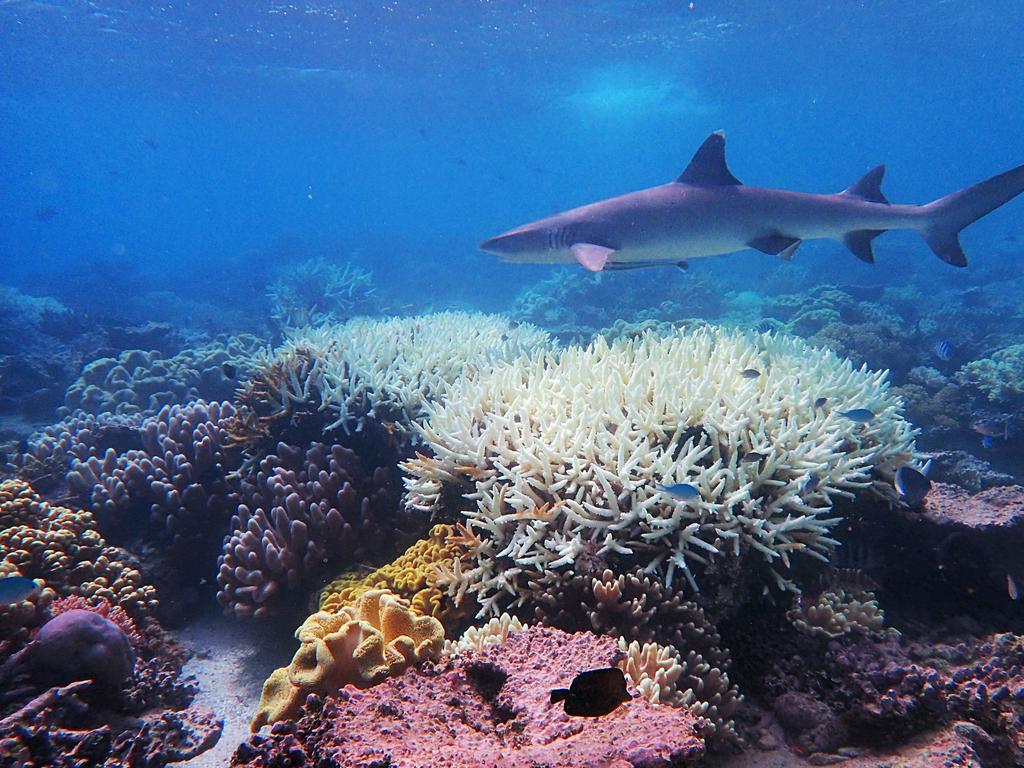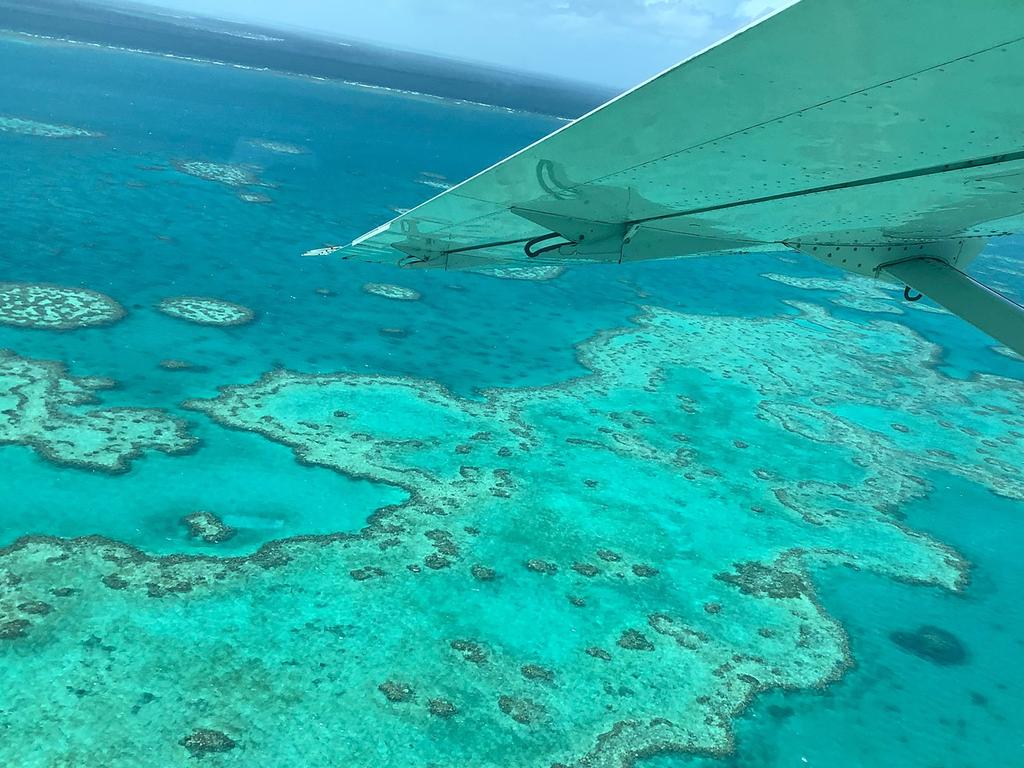Fight to save Great Barrier Reef after third bleaching event
The Great Barrier Reef has suffered its third major bleaching event in five years, leaving many asking if the government’s lifeline will save it.
The Australian Government has stumped up $150 million to help find ways to save the Great Barrier Reef but many are asking if that’s enough.
After suffering its third major bleaching event in five years, the reef is in trouble.
Bleaching has ranged from extreme in some parts of the Great Barrier Reef to low levels near Cairns and the Whitsundays.
Reefs north of Townsville have extreme levels of bleaching, typically affecting more than 80 per cent of corals.
Great Barrier Reef Legacy director Dr Dean Miller says the real question is how long can corals, and the ecosystem, hang on before we reach the point of no return?

Last week Environment Minister Sussan Ley announced $150 million will be invested in the new phase of the government’s Reef Restoration and Adaptation work, following the endorsement of a two-year feasibility study led by the Australian Institute of Marine Science (AIMS) into a range of science-based interventions.
The two-year feasibility study identified 43 concepts suitable for further research and development.
The Great Barrier Reef Foundation proposes to raise another $100 million in philanthropic donations from the private sector, with research and development providers committing to a matching $50 million in-kind investments, lifting overall investment in this critical effort to $300 million.
AIMS chief executive Paul Hardisty said the work would “provide the scientific basis to help the reef survive in the coming decades”.

The Australian Marine Conservation Society said while the work was welcome, policies that tackled global warming, which was driving damaging mass coral bleaching events, needed to be prioritised.
“Reducing Australia’s reliance on fossil fuels and transitioning to clean renewable energy are policies that will safeguard our reef’s future,” campaigner Shani Tager said.
“While investment into helping reef ecosystems and communities is welcomed, what our Reef needs is the Morrison Government to deliver decisive action to reduce emissions.
“The solutions to climate change - our reef’s biggest threat - are already available and ready to go. We just need politicians to invest in proven, existing technology like wind and solar, and implement reef safe climate policies that will ensure a bright future for our reef, the wildlife and Queenslanders it supports.”

She said the projects being discussed could take years or decades to develop.
“Critically, scientists have emphasised any success is reliant on rapidly reducing emissions,” she said.
“These projects will be like pushing water uphill with a rake unless accompanied by serious action to cut emissions, which is the missing piece.
“If Australian science can lead the way in adaptive solutions then why can't the Australian government lead the way in emission reductions, setting an international example as custodians of our reef?”



